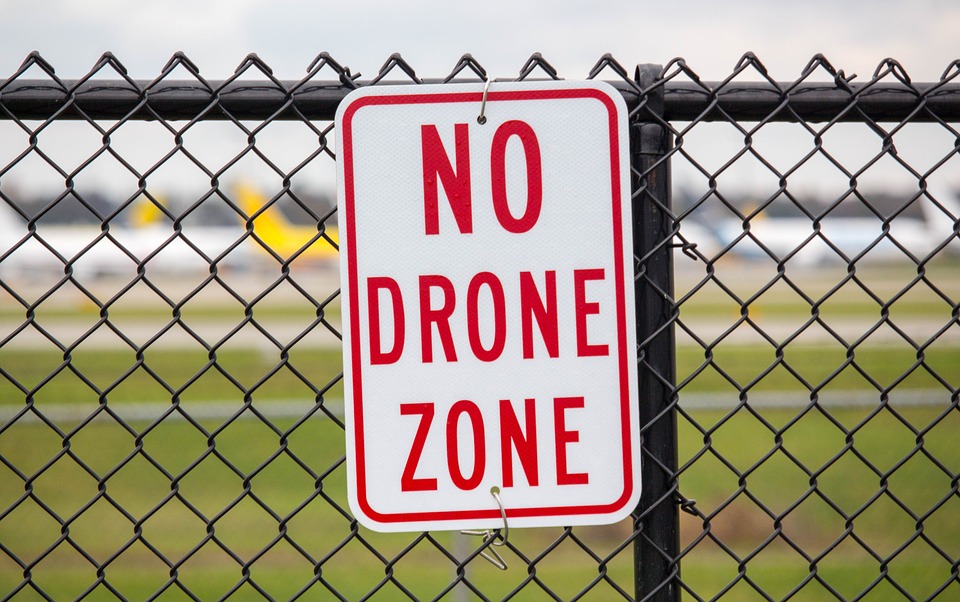This post is also available in:
 עברית (Hebrew)
עברית (Hebrew)
The US FAA has clear-cut no-fly zones for drones, such as within five miles of most major airports, but drone pilots sometimes make mistakes — and others just flagrantly disobey the rules. Drones have interfered with U.S. military operations, including Coast Guard drills, Air Force maneuvers, etc. In other cases, drones are being put to use illegally, as flying contraband over prison gates, etc.
A Frost & Sullivan report forecasts that the counter-UAS equipment market will reach up to $1 billion in annual revenue and experience a double-digit growth in the next several years.
A drone detection technology company will provide the US DoD with data on airspace risks. The DoD has partnered with Dedrone to test their technology’s capacity to assess, measure and response to unmanned aerial systems that may pose threats to base security and flight operations, reports blog.executivebiz.com.
The company’s DroneTracker software collects intelligence from multiple sensors including the communications protocol of the drone, its flight path and the location of the pilot. Once a drone is detected, a defeat countermeasure can be automatically deployed.
The software is designed to integrate with passive sensors such as the company’s RF-100 and RF-300 radio frequency detectors as well as third-party radars, cameras and microphones.
The DoD’s Defense Innovation Unit Experimental (DIUx) is interested in the RF-300, which can pinpoint the radio frequencies that are sent out by pilots. While its system has been able to track drones in the air, RF-300 now allows finding the people launching and controlling the UAVs, according to gearbrain.com.
Dedrone has worked in the past with the DoD, detecting drones that flew through no-fly zones.


























